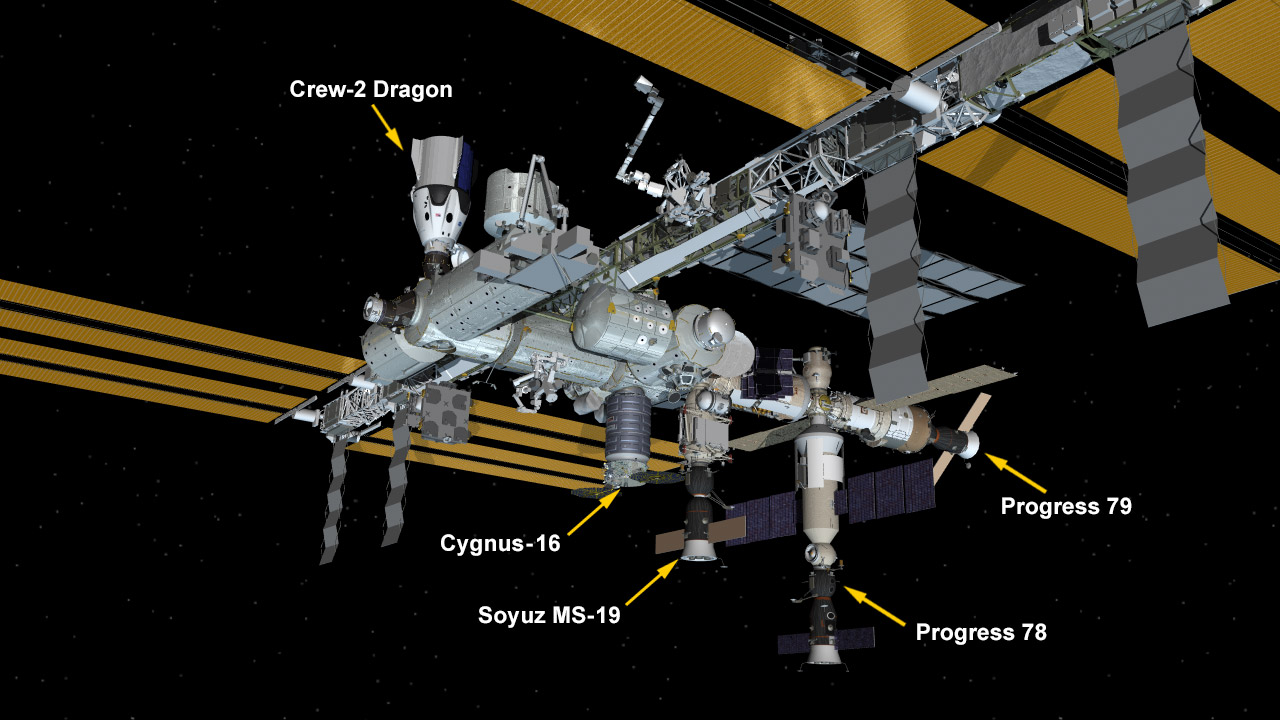
Four Expedition 67 astronauts, who have been aboard the International Space Station since November, kicked off the weekend with a light duty day today following a pair of spacewalks and a crew swap in March. The orbiting lab’s newest crewmates, three Flight Engineers from Roscosmos, stayed busy with their science and maintenance tasks.
March was a busy month in space that saw two spacewalks, the arrival of three new cosmonauts, and finally the departure of three crewmates officially ending Expedition 66. Three NASA astronauts and one ESA (European Space Agency) astronaut took a well-deserved break on Friday following the intense period aboard the orbiting lab.
NASA Flight Engineers Kayla Barron and Raja Chari conducted the first spacewalk on March 15. Chari then joined ESA astronaut Matthias Maurer on March 23 for another spacewalk. The spacewalks were dedicated to preparing the space station for its third roll-out solar array and installing electronics and communications gear.
On March 18, the crew welcomed cosmonauts Oleg Artemyev, Sergey Korsakov, and Denis Matveev, when they docked in their Soyuz MS-21 crew ship almost three-and-a-half hours after launching from Kazakhstan. Expedition 66 ended on March 30 when the Soyuz MS-19 crew ship undocked returning NASA astronaut Mark Vande Hei and cosmonauts Anton Shkaplerov and Pyotr Dubrov back to Earth just four hours later.
In the station Russian segment today, Artemyev and Matveev set up the Poisk module’s airlock for future spacewalk work planned for the Nauka multipurpose laboratory module. Korsakov worked in Zvezda service module performing preventative maintenance on the ventilation system. The cosmonauts also continued getting familiar with space station systems two weeks into their six-and-a-half-month mission.
Learn more about station activities by following the space station blog, @space_station and @ISS_Research on Twitter, as well as the ISS Facebook and ISS Instagram accounts.
Get weekly video highlights at: http://jscfeatures.jsc.nasa.gov/videoupdate/
Get the latest from NASA delivered every week. Subscribe here: www.nasa.gov/subscribe



